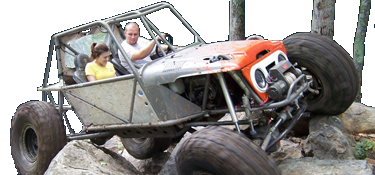Ok I am not sure what is causing this but I need to get it stopped..
I have a '92 F250 w/ a 460 gas engine
with a 3 core radiator in it.
I have been driving it for the last 3 months with no problems and all of a sudden it started this 2 days ago.
I drove it to work about 30 miles and when I got to the parking lot the radiator started to over flow into overflow bottle which then filled up and then that overflowed all over the ground. While driving I never noticed the temp gauge get high, it was normal all the time.
So I got some water after work and refilled radiator and then drove home..this time I watched the temp and it never got hot.. it was normal all the time.. but when I got home it did it again... all over my driveway.
So I went to autoparts store got a new cap, drained all fluid and refilled radiator correctly and put new cap on. then the next day I drove it to work and the damn thing did it again..
Any Help or ideas what to fix would be much appreciated.
I have a '92 F250 w/ a 460 gas engine
with a 3 core radiator in it.
I have been driving it for the last 3 months with no problems and all of a sudden it started this 2 days ago.
I drove it to work about 30 miles and when I got to the parking lot the radiator started to over flow into overflow bottle which then filled up and then that overflowed all over the ground. While driving I never noticed the temp gauge get high, it was normal all the time.
So I got some water after work and refilled radiator and then drove home..this time I watched the temp and it never got hot.. it was normal all the time.. but when I got home it did it again... all over my driveway.
So I went to autoparts store got a new cap, drained all fluid and refilled radiator correctly and put new cap on. then the next day I drove it to work and the damn thing did it again..
Any Help or ideas what to fix would be much appreciated.


 so yes that is correct.
so yes that is correct.
